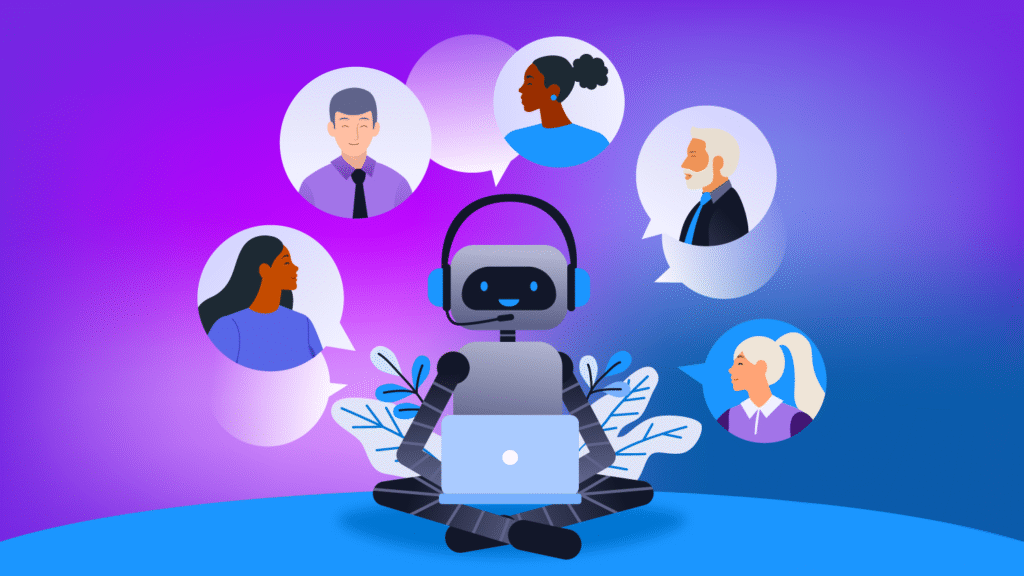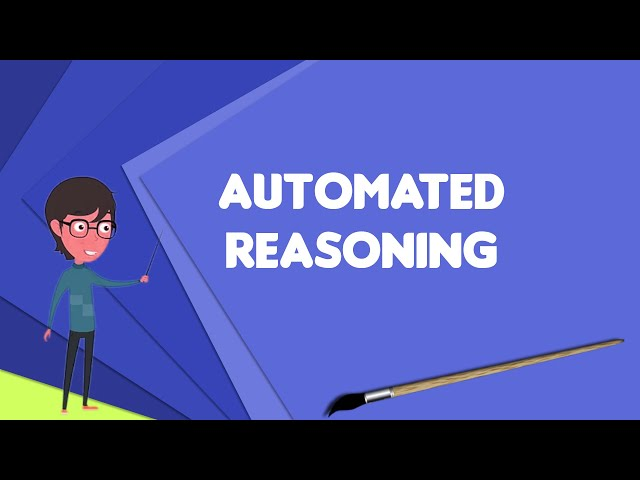Key Takeaways:
- AWS promotes “automated reasoning” to enhance AI accuracy
- Combines logic-based validation with generative AI (neuro-symbolic AI)
- Helps verify security, chatbot claims, and cloud policies
- Builds trust in agentic AI by using logic to prevent errors
What Is Automated Reasoning?

Artificial intelligence is getting smarter — but can it tell the truth?
That’s the challenge Amazon Web Services (AWS) is solving using automated reasoning, a method that uses mathematical logic to verify whether statements are true.
This logic-based system, often called symbolic AI or formal verification, is now being paired with generative AI to form a new class of hybrid systems: neuro-symbolic AI.
Byron Cook, a distinguished scientist at AWS, recently explained this vision during a talk at the AWS Financial Services Symposium in New York.
Why AI Needs Logic to Tell the Truth
Modern AI models, like OpenAI’s o1 or DeepSeek’s R1, are known for their natural-sounding outputs. But they often make up facts, a problem known as “hallucination.”
To fix this, AWS is turning to reasoning systems that rely on verifiable logic — not guesswork.
Cook said,
“Reasoning takes a model and lets us talk accurately about all possible data it can produce.”
In short, logic can help AI be right — not just sound right.
How Automated Reasoning Works (Simplified)
Imagine you write a piece of code that runs a loop. You want to know: Will it ever stop?
Instead of running the code forever to check, automated reasoning uses logical rules to prove that it will (or won’t) end.
Here’s a simple version:
- You have two numbers: X and Y
- You keep subtracting Y from X
- Eventually, X becomes smaller than Y, and the loop stops
With automated reasoning, this termination can be proved without running the loop.
This is just one example of how formal logic answers questions faster and more accurately than trial-and-error.
A Legacy of Logic: From the 1950s to Now
This approach isn’t new. In 1959, an IBM computer ran a program that proved all the theorems in Principia Mathematica using automated logic.
But tools have vastly improved since then.
AWS now uses automated reasoning in many of its services — not just for code, but also for cloud security, policy enforcement, and access controls.
Real-World Uses at AWS
For over a decade, AWS has embedded automated reasoning into its infrastructure. Here are some examples:
1. Network Security
- Validates whether data is always encrypted in transit and at rest
- Checks these “universal statements” using logic, not manual testing
2. Policy Enforcement
- Ensures that access requests meet all conditions
- Example: AWS’s IAM Analyzer converts customer questions into math formulas and verifies them instantly
“Instead of testing millions of scenarios, we solve the problem in seconds,” said Cook.
3. Code Verification
- Proves that code behaves as intended
- Even verifies AWS’s own access controls, which handle billions of requests per second
Zelkova: The Brain Behind AWS Reasoning
All this is powered by an internal engine called Zelkova.
Zelkova turns natural language policies into mathematical formulas that can be checked for correctness. It’s the logic core that powers many AWS tools behind the scenes.
This infrastructure helps major financial clients like Goldman Sachs and Bridgewater automate compliance, reduce risk, and save money.
Marrying Logic with Generative AI: Neuro-Symbolic Systems
Cook believes the next leap forward is combining logic with large language models — creating neuro-symbolic AI.
Here’s how it works:
- Generative AI accepts a natural language question
- Automated reasoning translates it into logical statements
- The system verifies whether those statements are true or false
Example: Chatbot Verification
Imagine you ask a bank chatbot: How long will my loan approval take?
The bot replies: “Approval within 1 business day.”
Using automated reasoning, AWS can convert this answer into a logical formula, then check if it’s factually accurate based on the bank’s actual rules.

This ensures chatbots don’t just sound helpful — they are factually correct.
Why This Matters for Agentic AI
Agentic AI is the new wave — systems that make decisions on your behalf, often using natural language prompts.
Think AI agents handling your finances, writing your code, or booking your travel.
Cook warned,
“If you’re letting AI make one-way decisions with your money, correctness must be paramount.”
This is where logic becomes essential. Agentic systems need guarantees, not guesses.
AWS’s logic tools already handle distributed systems at scale. The same principles are now being applied to agentic AI.
Why Logic Beats Guesswork
AI can generate endless responses — but how many are correct?
Cook emphasized the practical limits of testing every possibility. For some problems, it would take longer than the lifespan of the sun to check every outcome.
That’s why logic-based AI is powerful. It can prove correctness in milliseconds — and even provide a record of the reasoning for human auditors to review.
Summary: A Future Grounded in Truth
AI is evolving quickly — but not always truthfully.
By combining traditional logic systems with modern language models, AWS is building smarter, safer, and more trustworthy AI tools.
These systems are:
- Faster than exhaustive testing
- More reliable than probabilistic guesses
- Easier to audit for compliance and safety
- Powerful enough to scale with modern AI workloads
As Cook put it,
“We are solving in milliseconds what humans couldn’t solve in a hundred lifetimes.”
And in a world racing toward autonomous AI agents, that kind of logical grounding might be the only way to keep things honest.
Final Thoughts
Automated reasoning isn’t just a backend tool — it’s the foundation for trustworthy AI.
AWS is leading the way by fusing logic and language into a hybrid that answers the big question: Can we trust what AI says?
With neuro-symbolic AI, the answer is finally becoming: yes, and here’s the proof.
